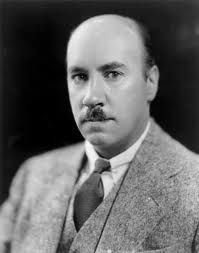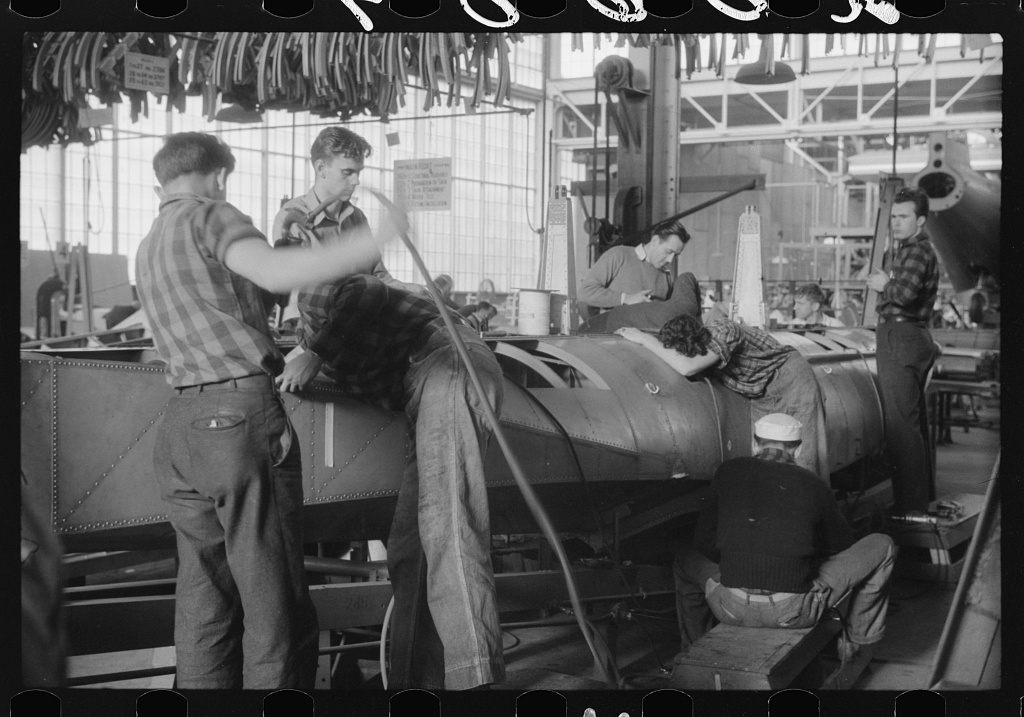By Richard DeLuca
Unlike the powered airplane, for which the Wright Brothers can be identified as the sole inventors, many people made contributions to the perfection of vertical flight between 1907 and 1942. So, it doesn’t serve accuracy to name any one person as the inventor of the helicopter. It is accurate, however, to identify Igor Sikorsky with the advent of the helicopter in the United States and with the ongoing manufacture of helicopters at the Sikorsky Aviation Corporation in Stratford.

Igor I. Sikorsky, ca. 1938
From Success in Russia to a Chicken Farm on Long Island
Igor Sikorsky was born in Kiev, Russia (which is now part of the Ukraine), and as a young man studied engineering in Paris and St. Petersburg before building aircraft of his own invention in his homeland. Young Sikorsky’s most successful design was for a large, four-engine plane that he named Ilya Muromets, after a legendary Russian folk hero. He completed it in 1913. Czar Nicolas II, who personally inspected the craft, presented Sikorsky with a diamond-studded gold watch for his efforts. Although Sikorsky had designed the Ilya Muromets to carry passengers, the military converted it to use as a bomber during World War I. It successfully flew hundreds of combat missions.
Sikorsky left Russia following the Bolshevik Revolution, which saw the overthrow of the Czar and brought such figures as Vladimir Lenin and Joseph Stalin to power. He arrived in New York City in 1919 with $600 to his name—and the Czar’s gold watch in his pocket. With encouragement from other Russian émigrés, Sikorsky began a second career as an aviation designer in 1923 and founded the Sikorsky Aero Engineering Corporation on a Long Island chicken farm owned by a fellow Russian. Here Sikorsky produced twin-engine seaplanes. In the days before airports were commonplace, airlines used seaplanes to provide air mail service to warm-water ports, where the water became the runway.
Innovation Takes Root in Connecticut
With more orders for his “flying boats” than he could accommodate at the New York farm, Sikorsky moved his airplane manufacturing operation in 1929 to a new factory in Stratford, Connecticut. It was situated at the mouth of the Housatonic River so that he could test his aircraft on Long Island Sound. Reorganized as the Sikorsky Aviation Corporation, the company created a line of larger, more powerful seaplanes, including the famous clipper series used by Pan American Airways to expand international air service in the 1930s.

Pontoon construction at the Vought-Sikorsky Aircraft Corporation, Stratford – Library of Congress, Prints and Photographs Division
As land-based aircraft became more reliable, cities across the country constructed new airports and orders for flying boats dwindled. Instead of closing shop, Sikorsky returned to his long-held dream of vertical flight and began a third aviation career as a designer of helicopters. Although many had worked on the helicopter concept over the decades, none had solved the complex problems associated with control of this temperamental, light-weight aircraft.
Unlike those whose designs relied on multiple rotors to lift the craft off the ground, Sikorsky focused on the possibility of a single main rotor; this produced encouraging results. The more difficult problem was the number and arrangement of the tail rotors that kept the aircraft from spinning out of control once aloft. After several years and several experimental models, Sikorsky discovered that a single rotor mounted vertically on the tail of the aircraft worked best, and on January 14, 1942, Sikorsky himself piloted the first successful test flight of the helicopter in America. The flight established a standard for the future development of the helicopter and in the process made the Sikorsky Aviation Company a leader in helicopter design.
Many, Sikorsky included, hoped that the helicopter might become a vehicle for personal travel, as commonplace as the automobile. But the advanced skill required to fly a helicopter kept it from becoming a family vehicle. Instead, the helicopter became largely a rescue aircraft, able to take off and land in restricted areas and to hover at sea. With the onset of conflicts in Korea and Vietnam, the military used the helicopter extensively as a troop carrier, gunship, and medical evacuation vehicle. Today, the military, together with civilian rescue teams, remain the prime customers for helicopter sales. Meanwhile, Sikorsky Aviation Corporation of Stratford, today a division of United Technologies Corporation, has remained a major producer of helicopters for an international market.
Richard DeLuca is the author of Post Roads & Iron Horses: Transportation in Connecticut from Colonial Times to the Age of Steam, published by Wesleyan University Press in 2011.









